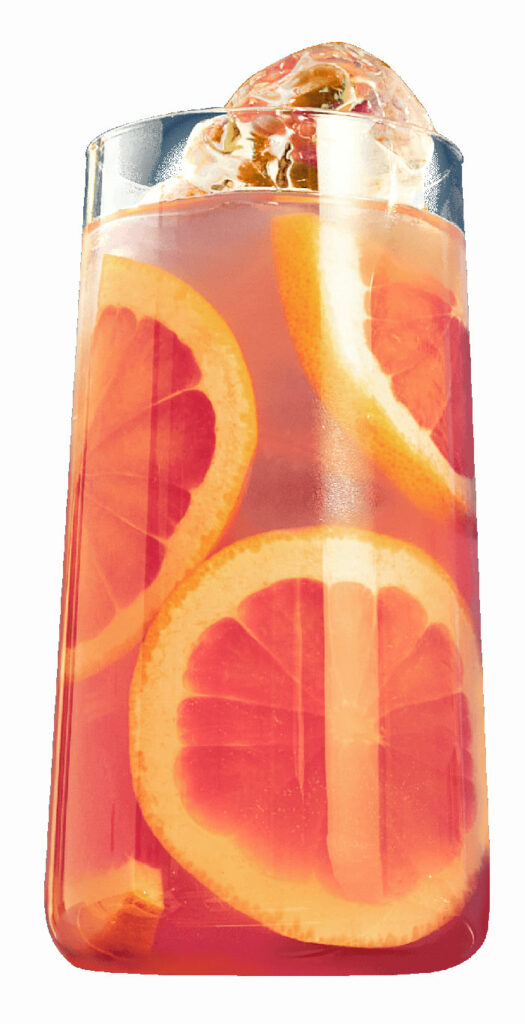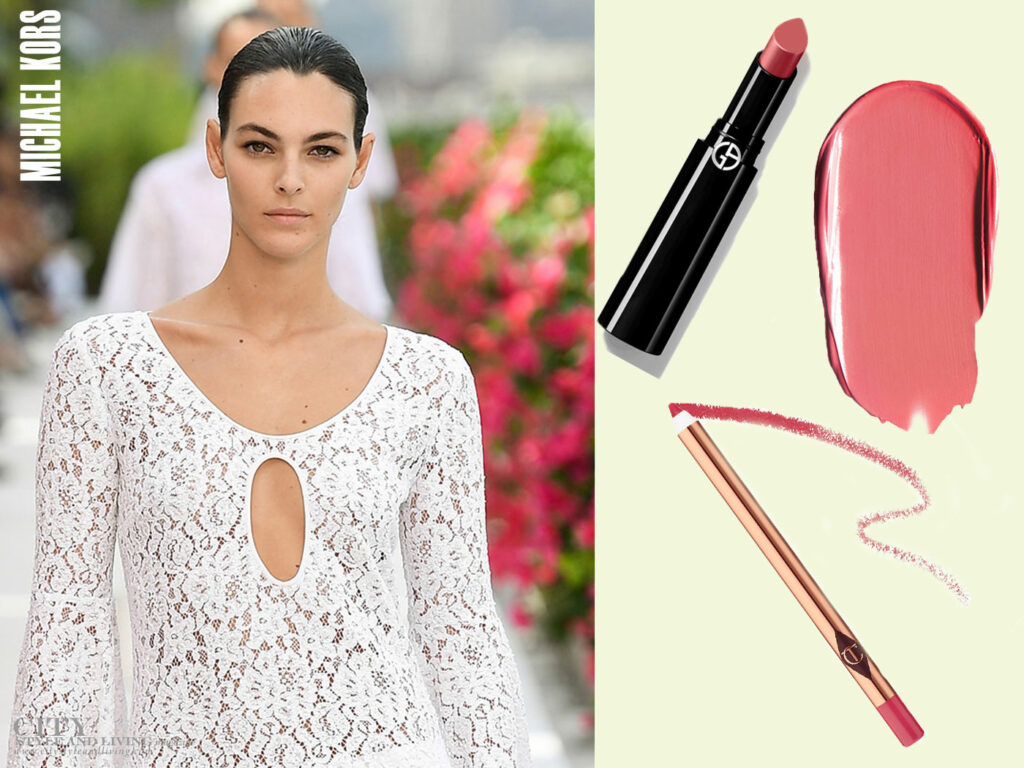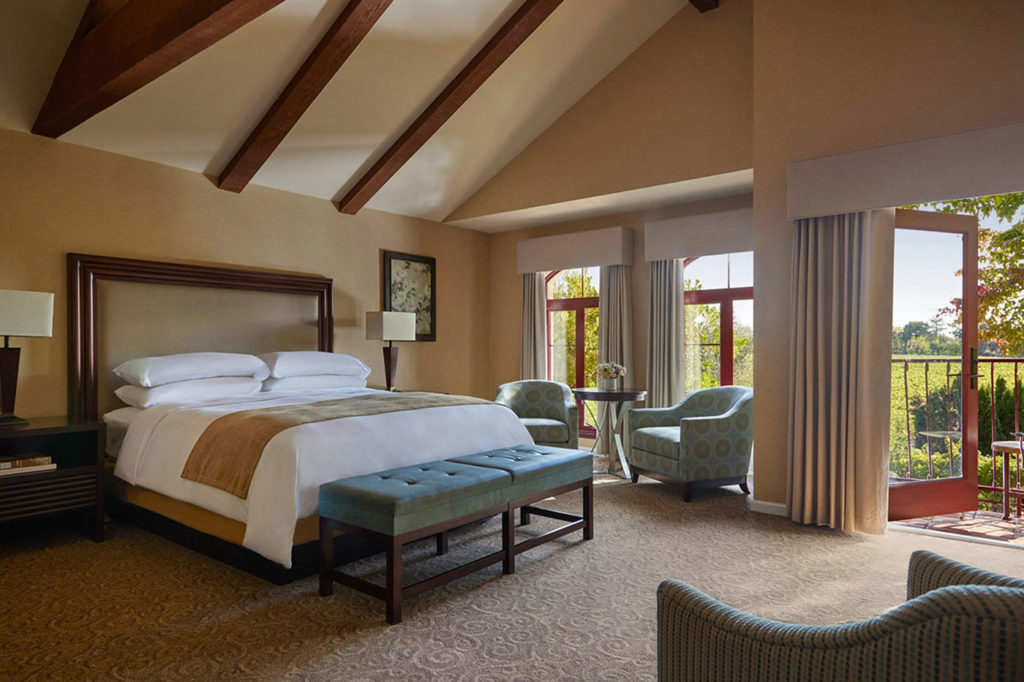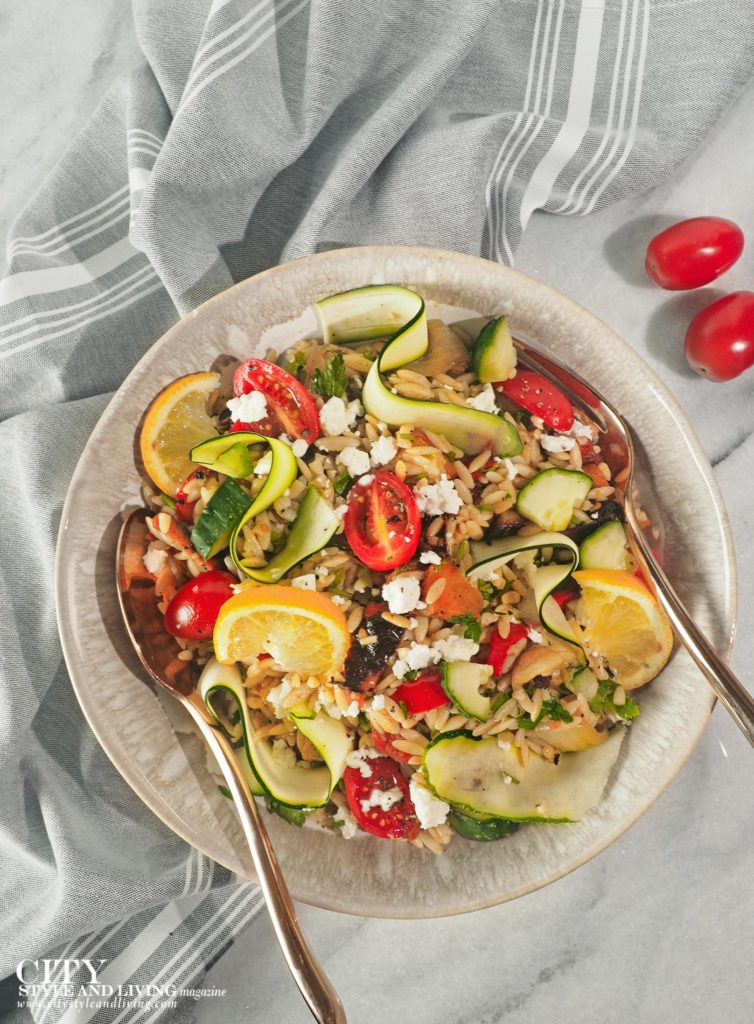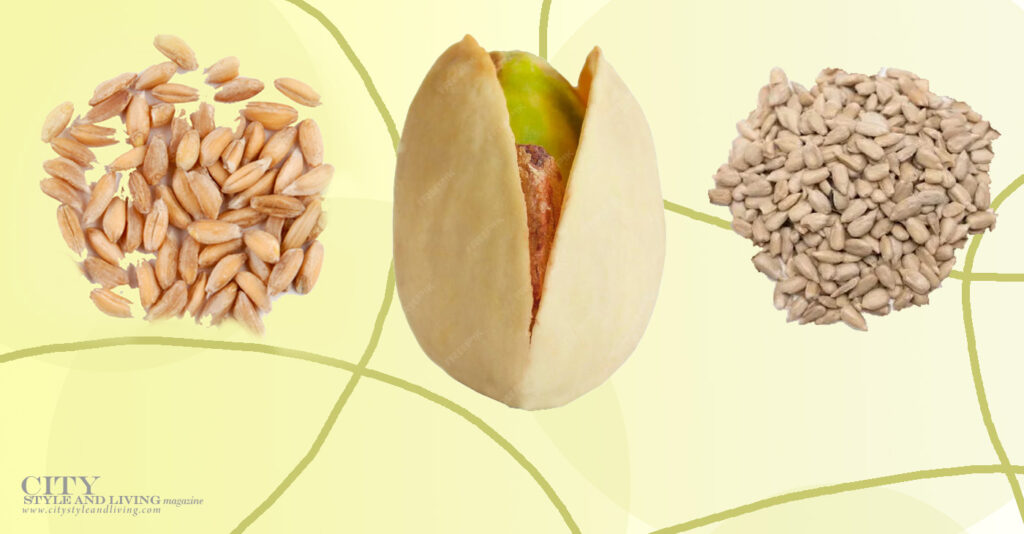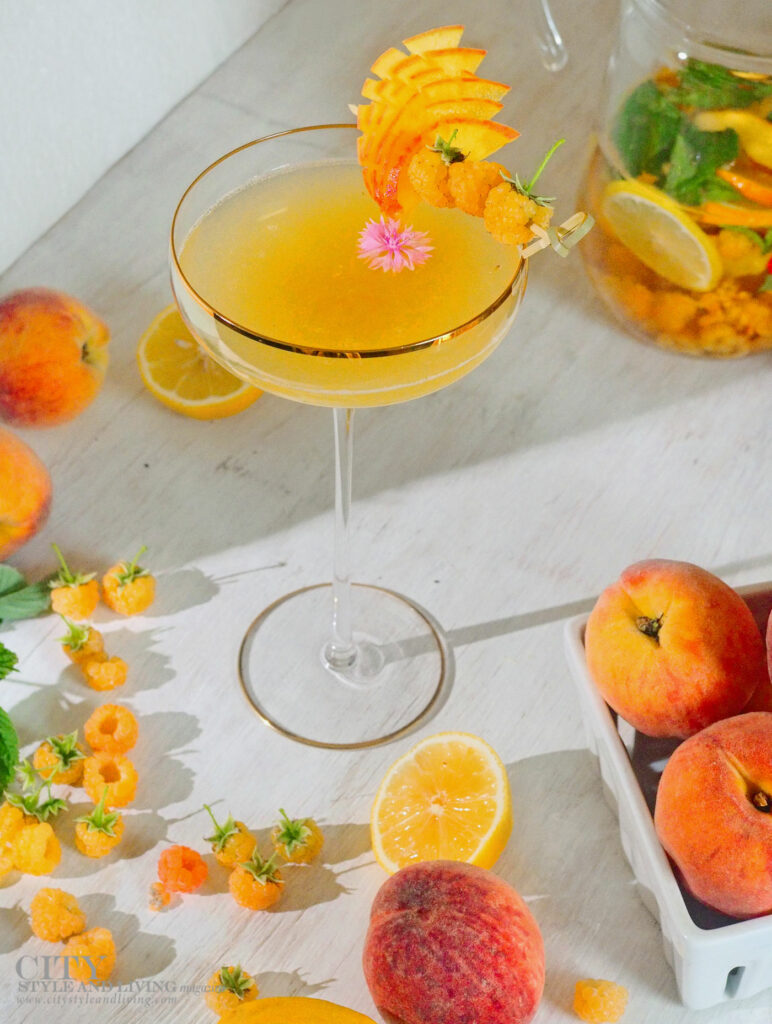
The last several months have seen CSL’s readers becoming more adventurous with their cooking. Experimenting more, means that every so often, kitchen mishaps or questions arise. In an effort to reduce waste, build kitchen confidence and create delicious food, CSL has gathered some of your cooking questions and answers them below.
What type(s) of pastry require blind baking?
Blind baking refers to the process of pre-cooking dough before adding a filling. The dough is pricked by the tines of a fork (called, docking), lined with a heat-proof material such as parchment and weighed down by ceramic baking beans, rice or dried legumes. This ensures that the pastry does not puff up during cooking. Either the weights are removed, the pastry cooks through, and a fresh, set or previously cooked filling is added and the dish is served; or, an uncooked filling is added and the entire dish is baked once more.
Blind baking ensures that the dough, which generally requires longer in the oven than the filling, will be thoroughly cooked, add texture, and, from time to time, a nutty flavour. Broadly, there are six different types of pastry in European cuisine: shortcrust, puff or layered, hot water crust, fat-less or phyllo-style, suet and choux. Generally, choux, phyllo, and hot water crust do not require blind baking. Shortcrust, puff and suet pastries may require blind baking, consult the recipe. Examples of dishes that require blind baking are: quiche made from shortcrust; vol-au-vent made from puff pastry; steak pie made from suet pastry.
How do you bring back a grainy ganache?
Ganache is a thick, glossy sauce made of scalded cream added to chopped or button chocolate. A ratio of 2 parts chocolate to one part cream is ideal. Alternatively, the cream and chocolate may be mixed together over a double boiler (bain-marie).
Ganache can become grainy if the temperature of the cream is too high which may lead to the fat separating. Or, it may seize, appearing thick and dull, if moisture seeps into the mix or the cream is too cool. To rectify a grainy ganache that is still warm, add more chocolate a little at a time, mixing after each addition, until it comes together. If a grainy ganache is cool, try re-warming and adding more cream a little at a time. CSL has found that allowing the ganache to flow off the spoon into the bowl (mimicking a waterfall motion) and then gently stirring helps the chocolate become glossy. For a seized ganache, that has accumulated moisture, add 1 teaspoon (5 ml) of hot water at a time and stir until mixture is smooth. This may seem counter-intuitive but more water will bring it back. For seized ganache that is the result of improper temperature, add 1 tablespoon (15 ml) butter a little at a time until mixture loosens to proper consistency.
How do I make perfectly symmetrical éclairs?
Gorgeous, even, perfectly formed éclairs are a staple of any French patisserie. Eclairs are made of choux pastry, a cooked mixture of eggs, milk and or water, flour and butter which is then baked and may be filled with mousse, pastry cream, or Chantilly, dipped in a glaze and decorated. One way to ensure a uniform choux without cracks and crevices on the exterior is using salted butter.
Often, while the choux pastry is properly made, the shape of the éclair is irregular and uneven. Replicating the shape of a French shop is as easy as having the right tools. CSL has found that the best way to ensure that your éclairs are uniform in width is to use a French star-tip nozzle fitted to a piping bag. The star tip gives the pastry grooves which all but disappear during baking while at the same time allowing the pastry to expand and puff up evenly. Alternatively, if you do not own a star-tip nozzle, use a serrated knife or fork to scores lines lengthwise in the choux pastry. Trace lines on parchment paper before piping so that all the éclairs are uniform in length. Lastly, bake the éclairs until golden brown, do not be tempted to pull them from the oven too soon. This is one of the secrets of French éclairs.
At this time of year I have a ton of leftover potato skins, what can I do with them?
Simply cut these skins into strips, season them and fry as a tasty snack, loaded potato skins make a wonderful appetizer, and Duchess potatoes are a French classic. Potato skins freeze well, reserve a little of the flesh for added flavour.
Why do my scallops never turn out like they do at a restaurant?
Depending on the dish, there are a couple of possibilities. Bay scallops are small and best used for chowder, ceviche, stir fry, seafood lasagne or other dishes that do not require hard searing. If cooking, they require only a short time in the pan. Alternatively, pane (bread/dredge) them (coat in flour, egg wash, breadcrumbs) or batter and fry for tacos.
For sea scallops, which are larger, and therefore have the surface area needed to achieve a hard sear, season right before searing. Allowing them to sit for any length of time with salt will lead to water leeching. Frequently, home cooks (especially in landlocked parts of the country) must resort to frozen scallops. Previously frozen scallops retain a lot of moisture which can impede the hard sear you need to replicate a successful restaurant dish. To avoid this, lightly press scallops into kitchen paper to absorb excess water before seasoning. When searing, use a cast iron pan, grease (an oil and butter mix is best) and high heat. Finally, allow the scallops to brown and form a crust. The darker the sear, the deeper the flavour. CSL
This original editors letter article first appeared in the Winter 2020/2021 issue of City Style and Living Magazine.
Don’t Forget to Follow City Style and Living on Social Channels: Instagram, Twitter, Facebook, Pinterest



